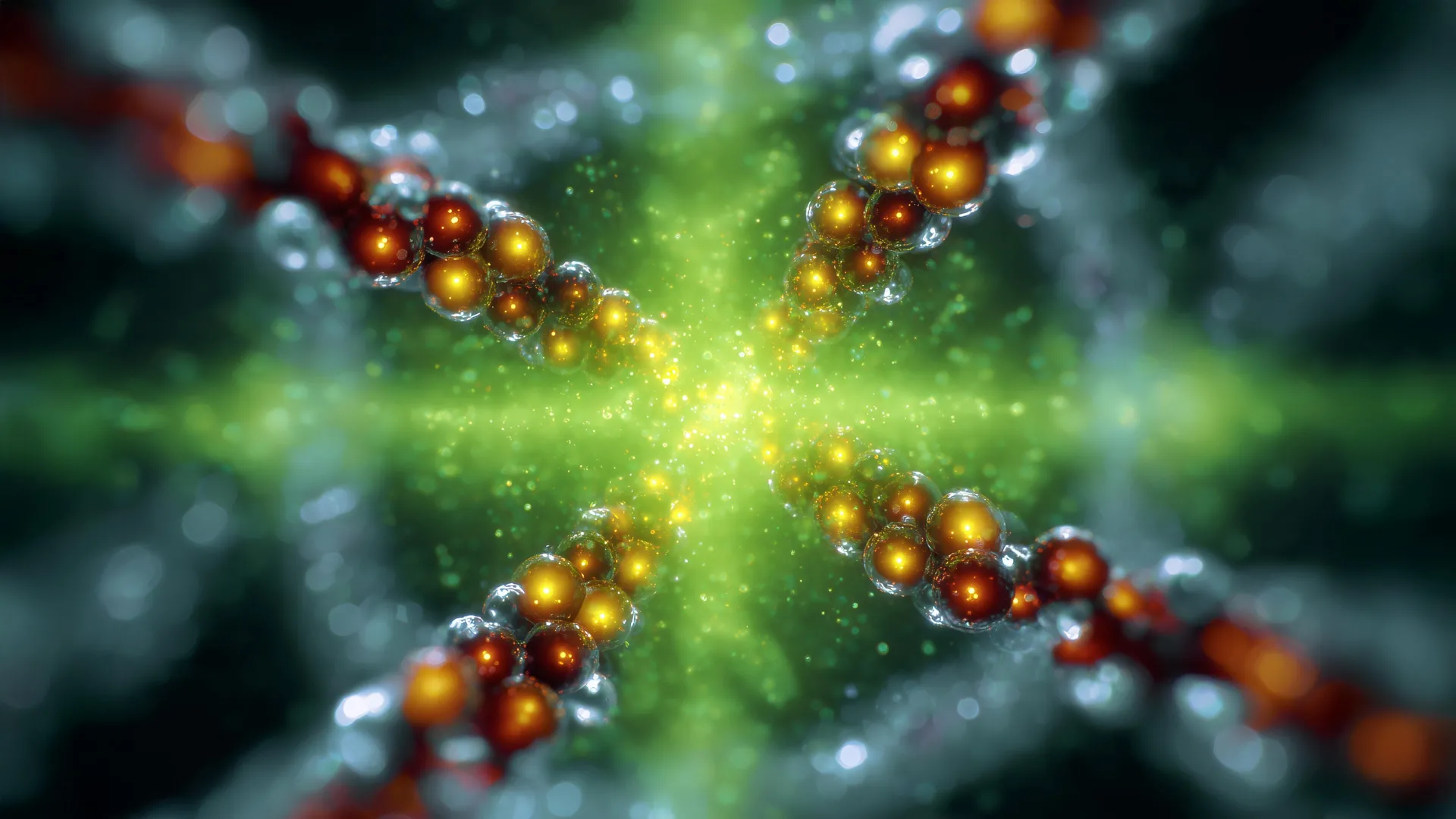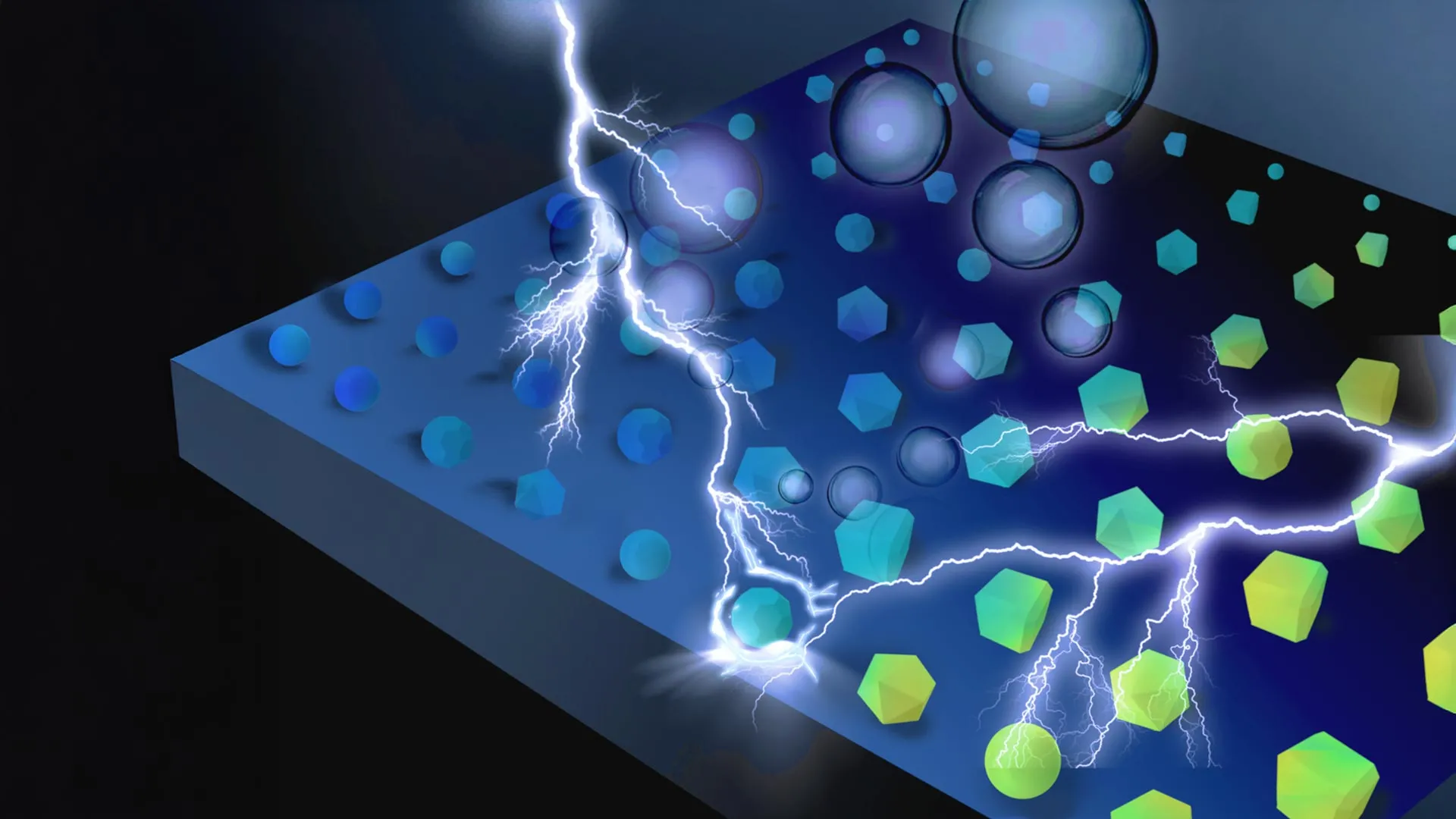Now Reading: Scientists Unlock Clues to Life’s Origins: Amino Acids Linked to RNA
-
01
Scientists Unlock Clues to Life’s Origins: Amino Acids Linked to RNA
Scientists Unlock Clues to Life’s Origins: Amino Acids Linked to RNA

Swift Summary
- UCL chemists showed RNA and amino acids could have naturally linked together on early Earth around four billion years ago.
- Amino acids are essential for protein synthesis, while RNA provides the instructions for creating proteins.
- The study used simple chemistry in water at neutral pH to link amino acids to RNA, overcoming prior challenges with reactive molecules breaking down in water.
- Researchers activated amino acids using thioesters, high-energy compounds theorized to play a role in life’s origins, which united the “RNA world” and “thioester world” origin theories.
- Pantetheine, a sulfur-bearing compound synthesized under early Earth conditions, was key to forming thioesters for this process.
- Next steps include understanding how RNA sequences can bind specific amino acids, leading toward decoding protein synthesis origins and genetic coding development.
- Lead author dr Jyoti Singh highlighted this breakthrough as demonstrating chemical foundations of self-replicating life components like peptides (short chains of amino acids).
Indian Opinion Analysis
This research offers significant insights into one of science’s most enduring questions about life’s origins-how primitive molecules transitioned into complex systems capable of replication and metabolism. By tracing connections between two major origin-of-life theories-‘RNA world’ and ‘thioester world’-the study represents progress in proving how life-critical processes could emerge from basic chemistry under Earth-like conditions.
For India, advancements like this enhance global scientific understanding that future generations might benefit from by grasping basic mechanisms behind biological complexity better-for applications perhaps spanning biotechnology or medicine. Encouraging innovation-driven academic collaboration between indian researchers and international counterparts such as UCL’s team may foster india’s contributions toward solving universal mysteries that shape humanity’s scientific legacy neutrally yet profoundly.

























